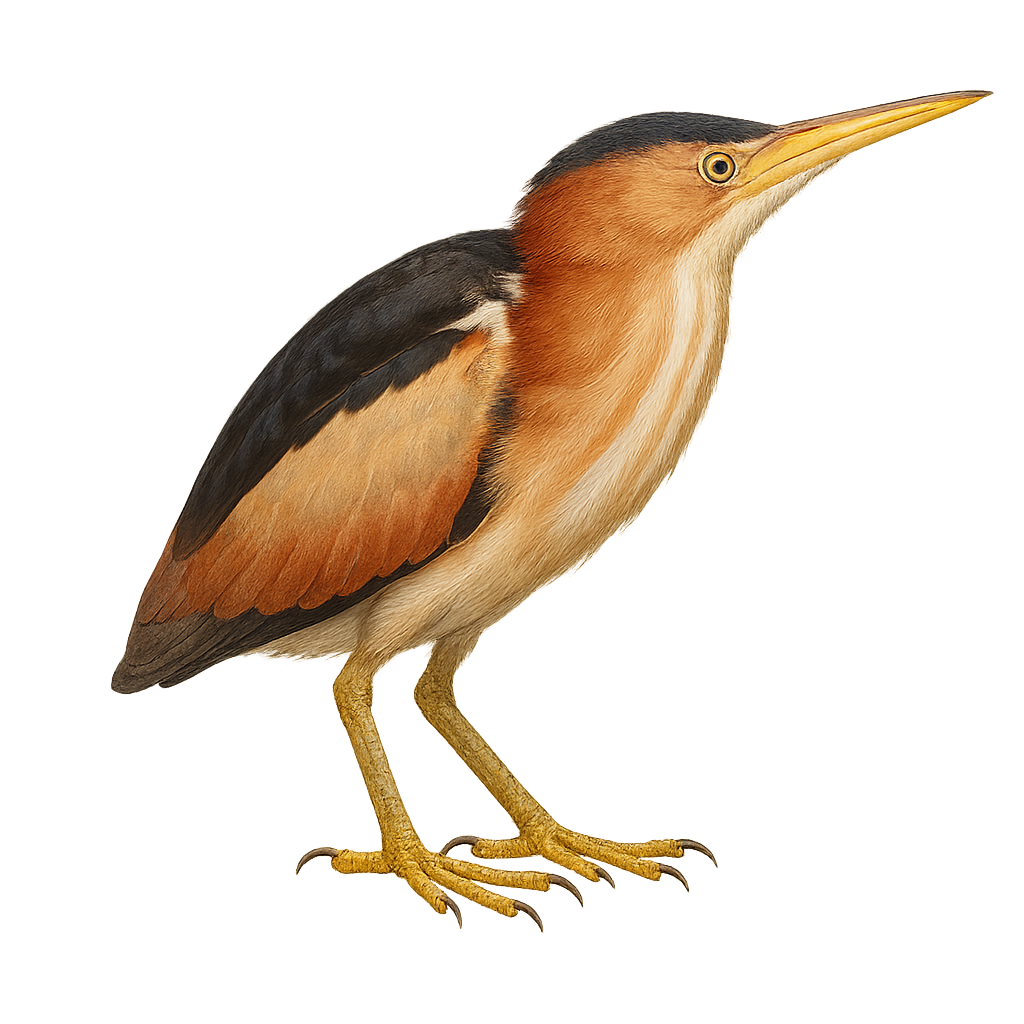Your wildlife photography guide.
Explore the least bittern in detail, study its behavior, prepare your shots.
Where to observe and photograph the least bittern in the wild
Learn where and when to spot the least bittern in the wild, how to identify the species based on distinctive features, and what natural environments it inhabits. The WildlifePhotographer app offers tailored photography tips that reflect the least bittern’s behavior, helping you capture better wildlife images. Explore the full species profile for key information including description, habitat, active periods, and approach techniques.
Least Bittern
Scientific name: Botaurus exilis

IUCN Status: Least Concern
Family: ARDEIDAE
Group: Birds
Sensitivity to human approach: Suspicious
Minimum approach distance: 10 m
Courtship display: April to June
Incubation: 17-20 jours
Hatchings: April to July
Habitat:
Marshes, reed beds, wetlands
Activity period :
Active at dawn and dusk, ideal moments for observation.
Identification and description:
The Least Bittern, Botaurus exilis, is a small, elusive bird often hidden in dense marshes and reed beds. It is the smallest heron, measuring about 30 to 38 cm in length. Its plumage is mainly brown with lighter streaks, allowing it to blend seamlessly into its surroundings. Known for its vertical posture, it mimics reeds to camouflage itself. Its diet consists mainly of small fish, aquatic insects, and crustaceans. The Least Bittern is a migratory bird, spending winters in warmer regions of Central and South America. Its population is stable, but it remains vulnerable to habitat destruction.
Recommended lens:
400mm – adjust based on distance, desired framing (portrait or habitat), and approach conditions.
Photography tips:
To photograph the Least Bittern, it's essential to remain discreet and patient. Use a telephoto lens of at least 400mm to capture detailed images from a distance. Marshes and reed beds are the best places to observe them, especially at dawn or dusk when they are most active. Wear neutral-colored clothing to blend into the environment and avoid sudden movements. A tripod can be useful to stabilize your camera, especially in low-light conditions.
The WildlifePhotographer App is coming soon!
Be the first to explore the best nature spots, track rutting seasons, log your observations, and observe more wildlife.
Already 1 432 wildlife lovers subscribed worldwide

